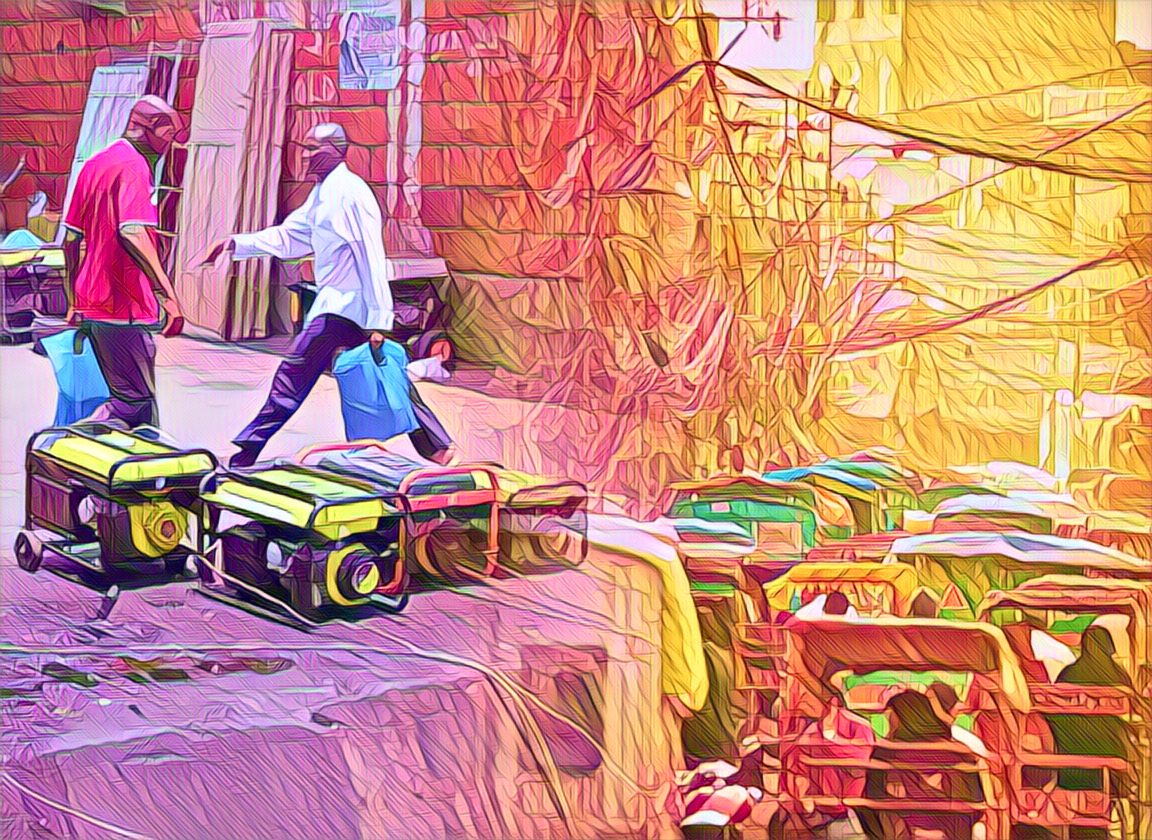In Nigeria, infrastructure challenges continue to hamper the electricity grid, with a staggering 40% of the population relying on backup generators for their energy needs. This reliance on alternative power sources, including gas-fired plants and renewable energy projects, highlights the country’s struggle to provide stable and reliable electricity.
The International Energy Association’s (IEA) “Electricity 2024: Analysis and Forecast to 2026” report sheds light on this issue. In 2022, 73% of Nigeria’s population had access to electricity, marking an increase of over 70 million people in the past decade. Despite having an installed capacity of about 13 GW, the average available capacity remained around 4.5 GW in 2023 due to factors like deteriorating units and liquidity constraints.
Addressing these challenges, the Nigerian Electricity Supply Industry (NESI) is under review, with the federal government prioritizing electricity supply improvements. The IEA estimates a 9% rise in electricity demand in 2023, with further growth forecasted at an annual average of around 7% from 2024–2026. New gas-fired capacities are expected to support this demand, although delays in plant commissioning and infrastructure issues pose uncertainties.
According to a report by ESI Africa, renewable energy is also playing an increasingly significant role in bridging Nigeria’s electricity access gap. In 2023, natural gas accounted for around 75% of the electricity generated on the main grid. However, according to Nigeria’s Energy Transition Plan (ETP), the role of natural gas is expected to decline by 2050, with renewables taking the forefront. Hydropower, particularly with the completion of the Zungeru project, is forecast to rise, contributing significantly to renewable generation.
Solar PV, too, is expected to grow rapidly in Nigeria, with an average rate of over 50% per year over the next three years. Although it will constitute only around 1% of generation in 2025, the off-grid space, including mini-grids and solar home systems, is set to drive much of this growth.
The IEA report also provides insights into the electricity trends in other African countries.
- Egypt saw a 1.5% rise in electricity demand in 2023, with gas-fired generation increasing by around 2%.
- Algeria experienced a 5% increase in electricity demand in 2023, driven mainly by economic growth.
- Morocco’s electricity consumption rose by about 2% in 2023, with a target of reaching at least 52% renewable generation by 2030.
- Kenya connected over 700,000 new customers to the national grid in 2022, with 75% of the population having electricity access.
- Senegal is on track to achieve universal electricity access by 2030, with 75% of the population having access in 2022.
These findings underscore the critical need for improved electricity infrastructure and a greater emphasis on renewable energy sources to ensure sustainable and reliable power supply across the continent.



